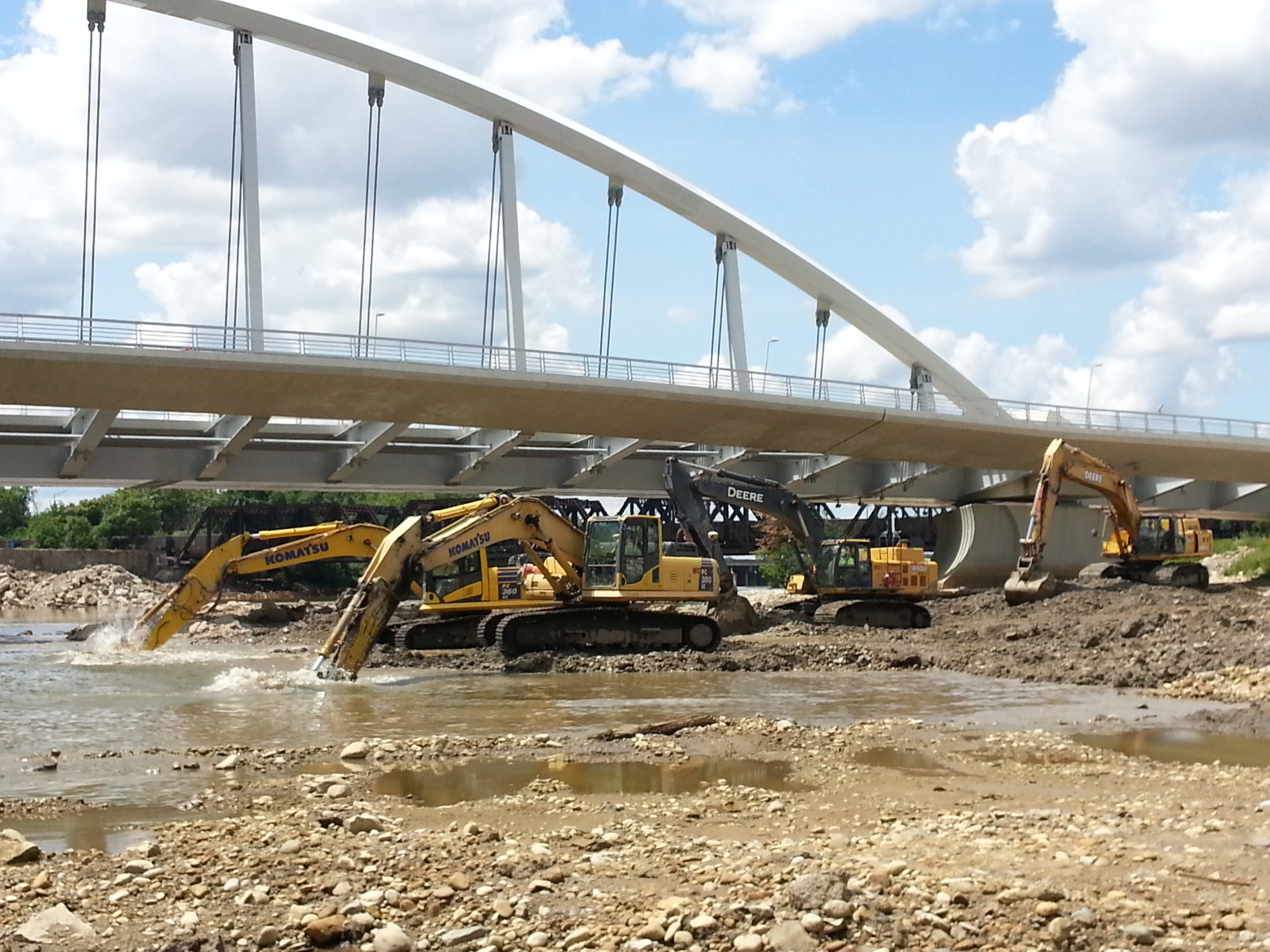
When you hear the term “general contractor” what first comes to mind?
A lot of things, most likely.
For starters, “general” couldn’t be a more simplistic, overarching term while “contractor” can be used in all types of industries. Even when we think of general contractors in the construction industry alone, there are countless tasks they may take on each day. General contractors oversee the big picture of every project and are responsible for everything from sourcing the materials that will be needed to complete the work to hiring the best subcontractors to get the job done.
Given this broad role, it’s no surprise that general contractors have been around for years, supporting projects of all capacities. This longevity has its benefits, bringing proven methods that get the job done. But, today’s general contractors aren’t stuck in the past because, frankly, they can’t be. In today’s construction world, general contractors are anything but general.
Today’s projects are becoming more and more complex, with ever-growing demands. To meet the changing needs, general contractors are transforming what it means to work on the jobsite, bringing the physical to the digital.
In the past, general contractors would need to physically walk through old buildings before a renovation project, assessing the task at hand, often with little or no blueprints to reference. They had to do it right the first time, from first dig to each installation, or risk rework – and added cost. But thanks to innovations, general contractors build better and more efficiently while wasting less. Without them, general contractors might not be able to meet the higher demands of today. Some of these technologies include:
- Drone
- This device delivers a birds-eye view to the construction site, supporting everyday tasks like topographic mapping and land surveys, security surveillance, structure inspection and photography, personnel safety, and more.
- Augmented Reality
- This computer-generated video technology puts designs in the real world, helping with things like project planning for both aboveground and underground construction, accurate measuring and revisioning, safety and inspection.
- 3D Printing
- This new printing style has the capability to create the materials general contractors need for the job site faster, with less waste and human error, and more design freedom.
One of the greatest advancements in recent years is BIM Technology. BIM, which stands for Building Information Modeling, allows general contractors to visualize the build-out before any construction begins. Incredible three-dimensional, digital images bring any project to life, helping to uncover any problems before they arise on the physical jobsite. This technology is saving construction companies countless dollars and hours in rework. Given all the benefits that come from BIM, some even consider it to be the biggest disruptor for the construction industry ever recorded. We certainly think so.
General contractors prioritize quality and compliance on every project as they are accountable for following all building codes. These technologies help them do their job more effectively while taking on tasks that were once solely suited for engineers and architects. Today’s general contractors are so much more than a “jack of all trades” that gave oversight on the job site.
We at I Build America – Ohio believe that we are entering the Golden Age of Construction. We can’t predict what the next decade or so will bring. But you can help us create the advancements that might come with it. Contact us today to begin your career in construction. Together, we’ll continue to expand what it means to be a general contractor, skilled tradesman, and more.